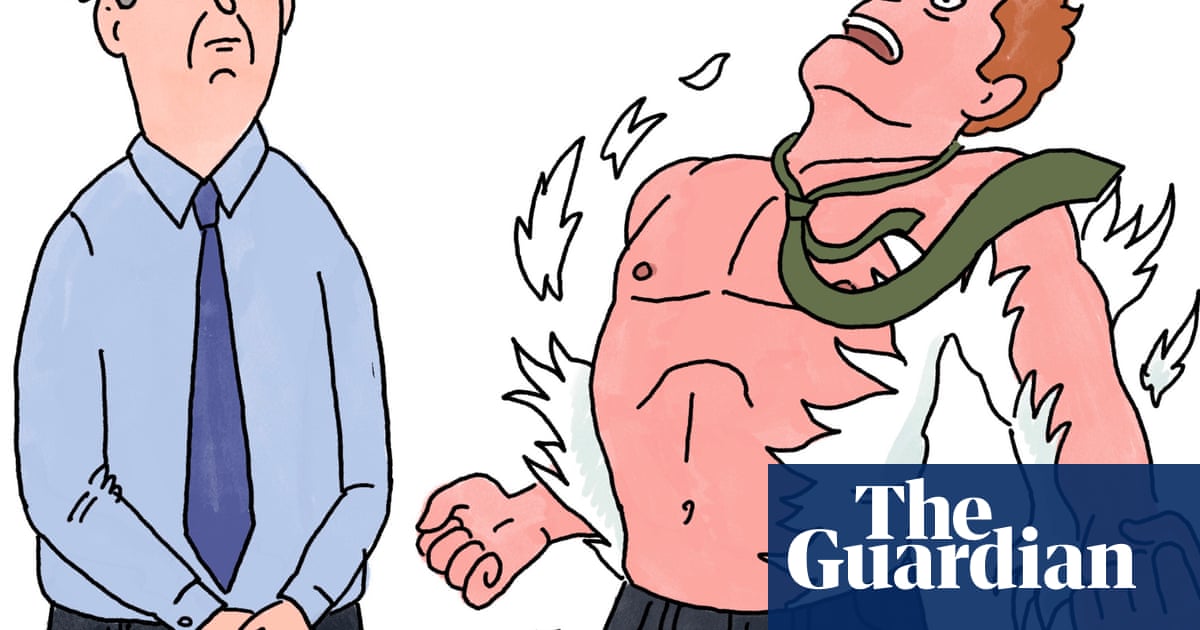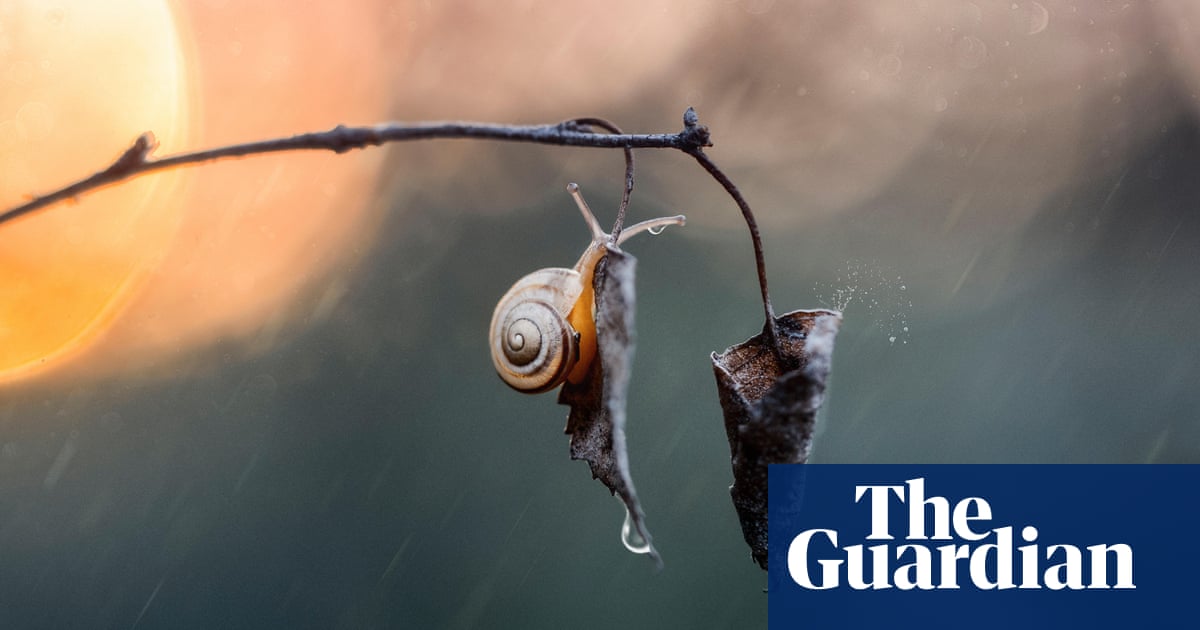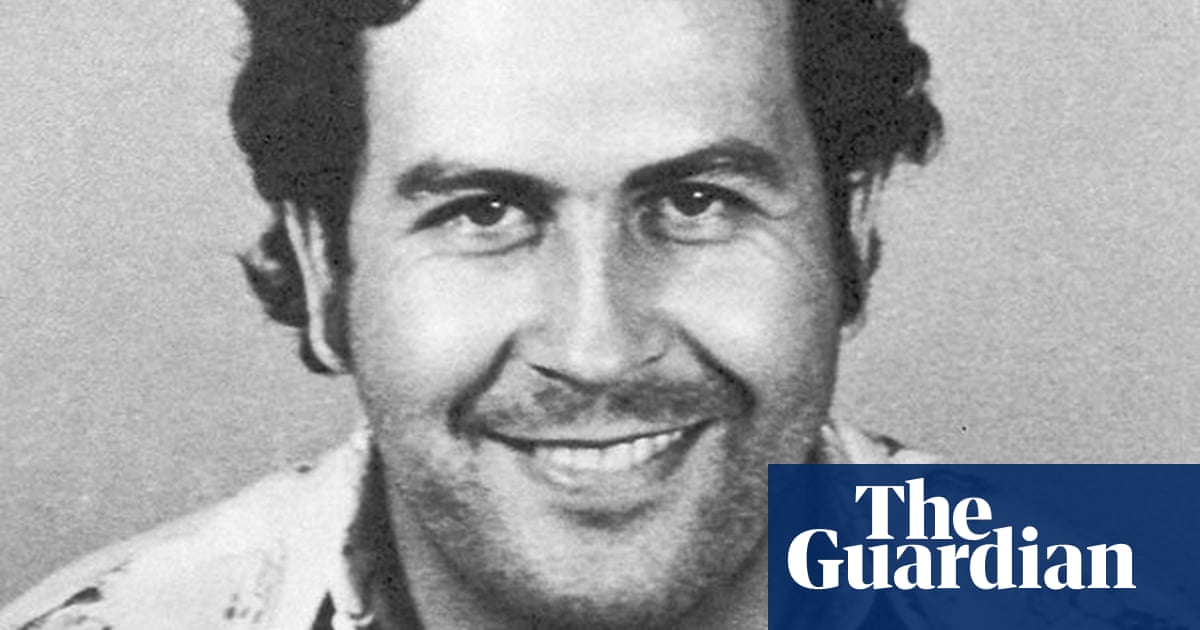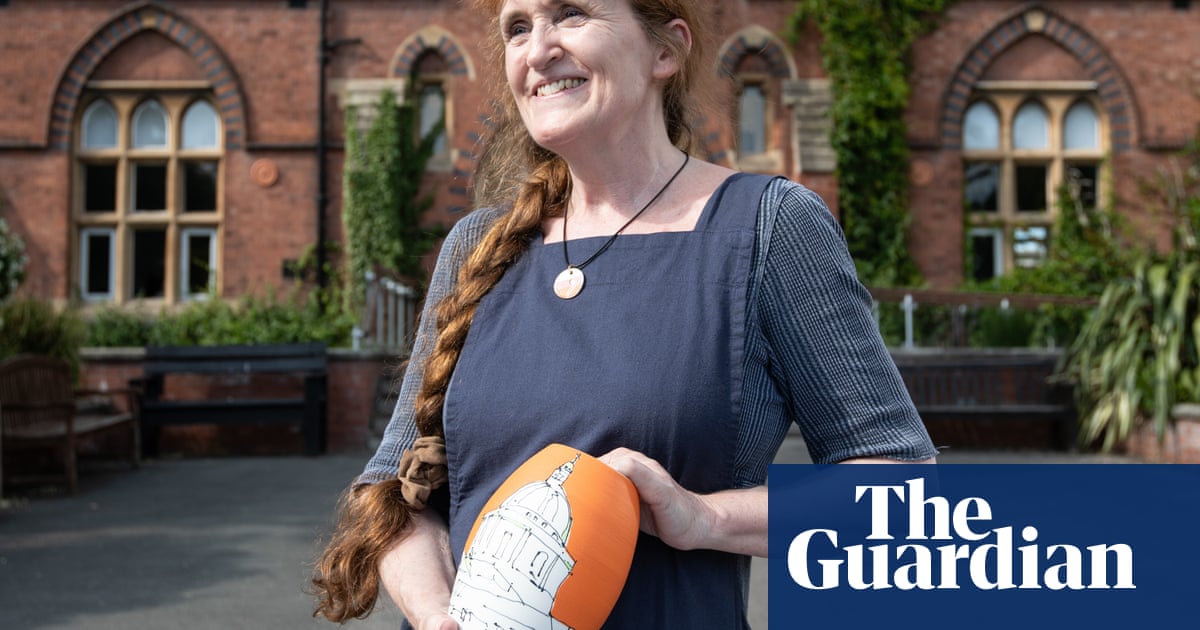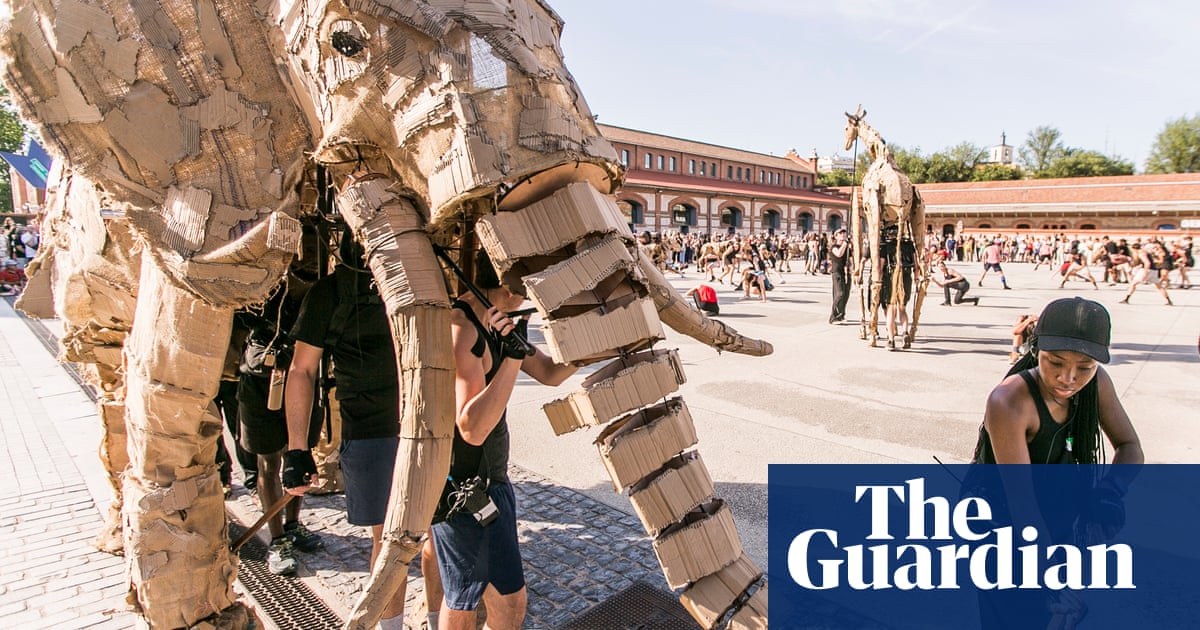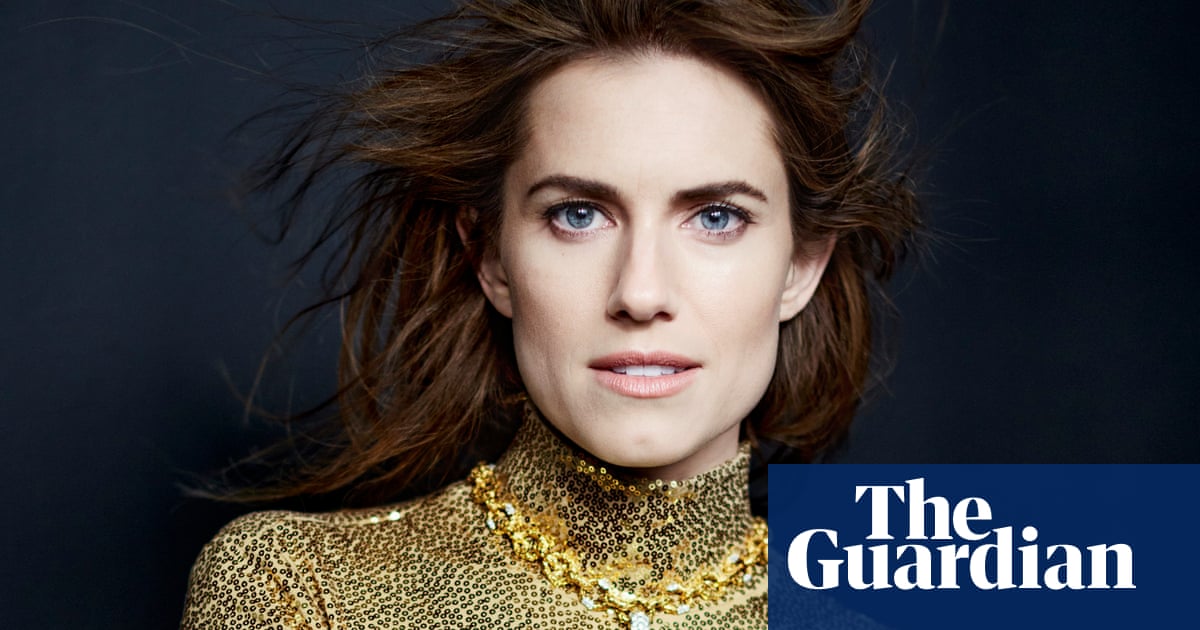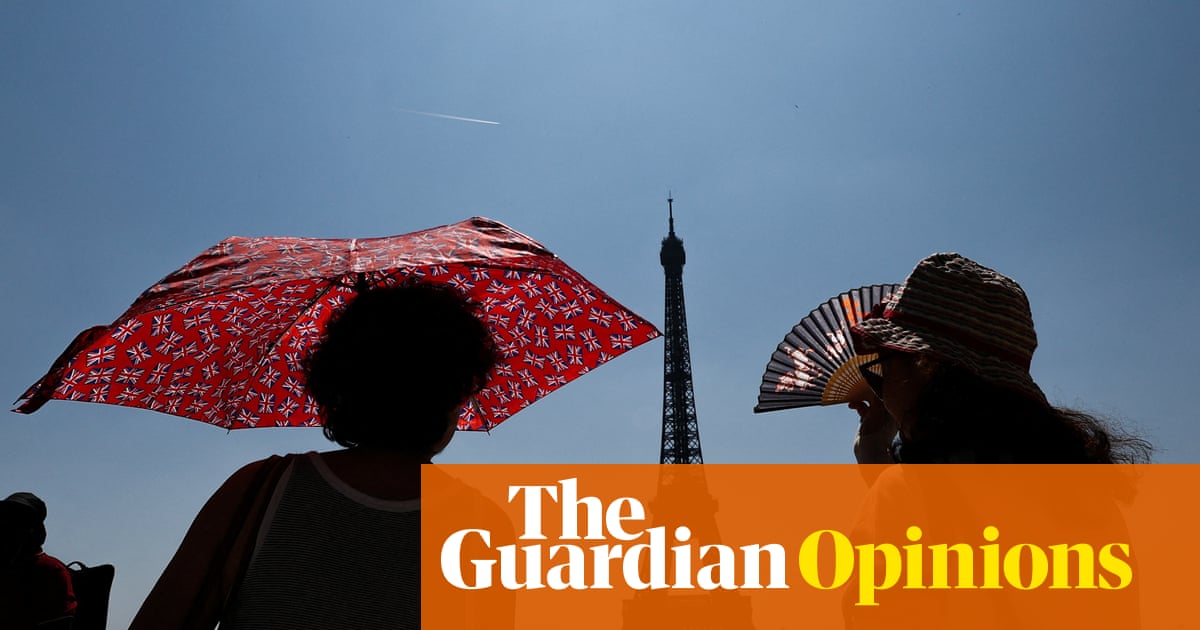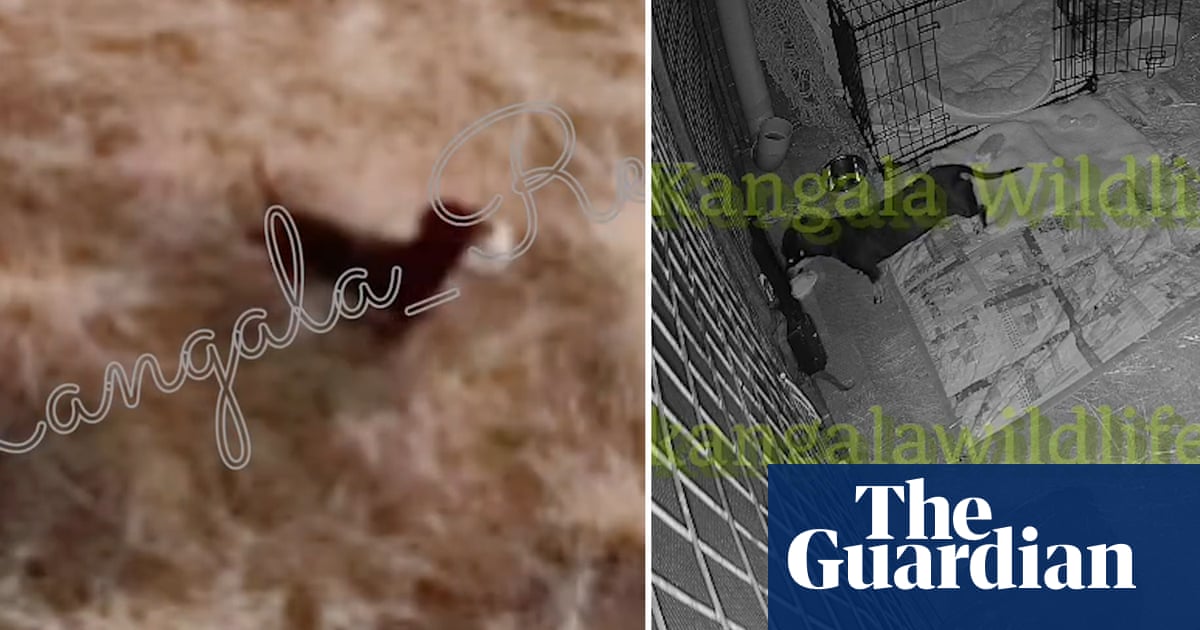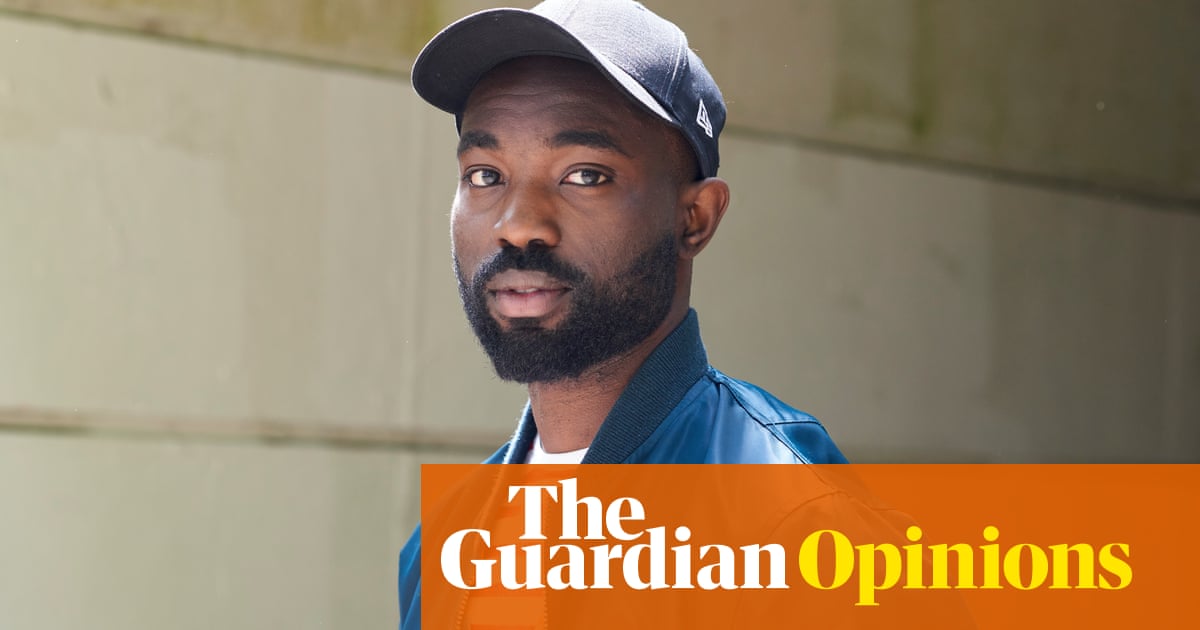I never identified as shy as a child because my younger brother was the type of kid who wouldn’t speak in the company of strangers, and I – apparently – never stopped talking. Shyness was comparative, and, in my family of origin, there was always someone shyer than me.
I didn’t notice my shyness until I split with my first long-term partner when I was 26. He’d been my boyfriend from the age of 14, so – by the time we parted – almost half my life. This first boyfriend was gregarious, always ready for a chat. He had a way of walking into a room and cracking a joke, so by the time I entered on his tailwind, everyone was already laughing. He’d warmed the room and I’d felt welcome. I’d never been an adult without him, so didn’t have any awareness of how he’d held me under his wing.
In the aftermath of our split, I became conscious of how difficult I found certain aspects of socialising. Simple things like how to enter and exit a room. Beginnings and endings: how to start a chat and how to finish one. How to mingle in a crowd of people. Parties or gatherings of any sort suddenly became fraught.
I’d always assumed my ex-partner was simply friendly but, in 2013, a decade after our split, I read Susan Cain’s, Quiet: The Power of Introverts in a World That Can’t Stop Talking and realised he was an extrovert and I was an introvert. According to Cain, shyness and introversion often crossover but they aren’t the same thing.
Extroversion and introversion exist along a spectrum but they are mostly viewed as traits we’re born with rather than develop. It seemed odd that I had to get to 36 to learn this about myself. My chattiness one-on-one had worked as a distraction. In fact, I found bigger groups overwhelming and needed lots of alone time to recharge. Like the shyness, my obvious introversion took some time to become obvious to me.
My granddaughter came in to this world so vivacious that her extroversion was impossible to miss. Even from before she was mobile, she was throwing her arms up in welcome and squealing with delight at the sight of a visitor. Everything displayed, everything shared. She’s so friendly out in public that I often come up against my own shyness when I carry her around. When she started talking, she’d motion to someone in the queue ahead and say – “I shy” – but what she meant was, I would like to connect with that person and I’m not sure how.
Striking up conversations with strangers is not my forte but she seemed to want my help. She was not yet two but she was already pushing me out of my comfort zone. One day, while I was wheeling her along the main street of my country town, an unknown woman called out, “Hey, party girl!” This was clearly not aimed at me and I had to laugh. My granddaughter’s social networks were already larger than mine and she was still in nappies.
What is a shy person to do with such gregariousness?
My eldest son, her father, had been the same. Throughout his life I’d watched him making enthusiastic small talk with strangers. As a teen he’d start up chats with elderly people at the checkout, spying dogfood in their trolleys and asking what type of dog they had. Often, they’d brace at first – the dissonance of this friendliness with his teenage attire – but a few minutes in and they’d be smiling. When he was young, before I’d read Cain’s book, I’d tried to force rest days on him to catch up from the kind of socialising that left me drained. He never seemed to need it but I did.
On these home days all his games involved imaginary “parties”. I found his outgoingness baffling; he wondered why I was always so tired. When my second born came on the scene, dreamy and internal, he made perfect sense. He cried when I took him out in the world, all that overwhelming sound and colour. He nestled into me, staying close. As a toddler, his favourite game was snuggling on the couch. Our needs in perfect sync.
In my family, introvert-extrovert pairings are common. Both my sons have paired up with their opposites. Now I understand the terminology, it all seems so clear! My introvert son’s partner once declared, “I hate having a shower, it’s so boring!” and I realised it was the only time she ever spent alone. I watch them all navigate their differing needs: the introverts enjoying recharging in quiet, the extroverts wanting chats in the shower.
My granddaughter is now just past two but she can talk up a storm. I was out with her a few weeks back and we bumped into a friend I hadn’t seen for years. I was immediately awkward but my granddaughter came to my aid. “You have a blue dress!” she said to my friend, “and mine is pink!” The ice was broken. It was a beginning. I was holding my granddaughter on my hip but she had me under her wing.
My younger son and his partner have a fifteen-week-old baby. A new granddaughter! Thus far, she’s expressive and smiley. My older son’s partner gave birth last week. A grandson! In this genetic lottery, I wonder what we’ll get. Introverts who’ll snuggle on the couch, or extroverts who’ll help us make new friends. I cannot wait to see!
-
Jessie Cole is the author of four books, including the memoirs Staying and Desire, A Reckoning

 2 months ago
61
2 months ago
61







